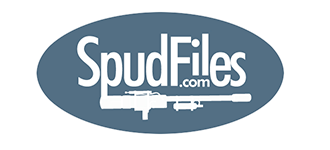1. Fuel - Air ratio
I have heard that Calcium carbide + water (Acetylene) has a wider range of percentages/ratios in which it will ignite. Is this true?
What would the most efficient ratio range be, and how would one go about measuring the reactants to obtain such ratios? I assume that the water would be the limiting react, and the calcium carbide would be the controlled / measured substance.
2. Force
Just how strong is calcium carbide? Say the cannon I make has a combustion chamber with a volume of roughly .5 gallons or 1.89 L, and a somewhat efficient fuel-air ratio is used. Would it be able to launch golf balls 100-300 feet?
3. Projectile
I have spent some time looking for what most use for their projectiles, but haven't found a great thread on it yet. Looking for something round, compact, and between 1 - 1.5 oz.
4. Loading
Say I was going to make a cannon to fire golf balls, and the build of the cannon was a single PVC pipe barrel directly connected to the combustion chamber with an adapter piece of some sort. In order to keep the golf ball from dropping into the combustion chamber when loading through the muzzle, could a wire of some sort be threaded across the barrel somewhere and glued on either side or pulled through the pipe via drilled holes then glued or filled?
5. Water Pump
Thinking about using a cheap ball pump hooked up to tubing and some one way ball valves to insert the water into the combustion chamber. Anyone ever done something similar to this? How did it work out? Maybe a syringe of some sort would be a more accurate way?
6. Operating
Between shots, will the gases need to be cleared out of the cannon in a calcium carbide cannon like Aerosol cannons?
Also, assuming water is the excess reactant when forming the Acetylene, will water be left inside of the combustion chamber after firing? Sort of a dumb question I guess, but just need to clarify.
Thanks in advance!


